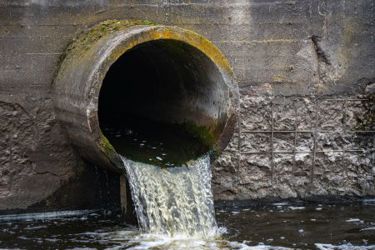Turbidity, What It Is And How It's Successfully Mitigated

Turbidity, a visible indicator of water clarity, plays a crucial role in determining water quality for both municipal and industrial treatment facilities. While the presence of suspended particles like dirt, algae, or organic matter doesn't always indicate danger, turbidity can support the growth of pathogens and interfere with effective disinfection. It can shield microbes from disinfectants and even react with treatment chemicals to produce harmful byproducts.
Understanding the difference between turbidity, color, and total suspended solids (TSS) is essential. Though closely related, these are distinct properties that can impact how water is perceived and treated. Turbidity often correlates with higher TSS but not always in a predictable manner.
To reduce turbidity, treatment plants use a combination of filtration and chemical processes. Flocculants and coagulants help bind and separate solids, forming a sludge that settles out of the water. Blue-White’s FLEXFLO® M4 Peristaltic Metering Pump enhances this process with precise, gentle chemical dosing that preserves polymer integrity, all controlled through an intuitive touchscreen interface.
Turbidity measurement is standardized by the EPA using nephelometric methods (NTU), ensuring water remains within strict clarity thresholds. By applying the right tools and knowledge, treatment operators can reliably produce safe, clean drinking water and environmentally sound effluent—demonstrating that turbidity control, while complex, is entirely manageable.
Get unlimited access to:
Enter your credentials below to log in. Not yet a member of Water Online? Subscribe today.
